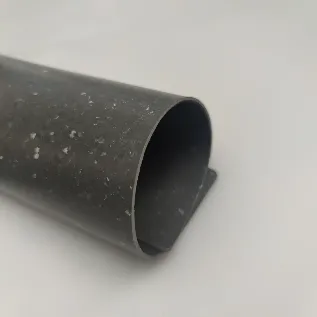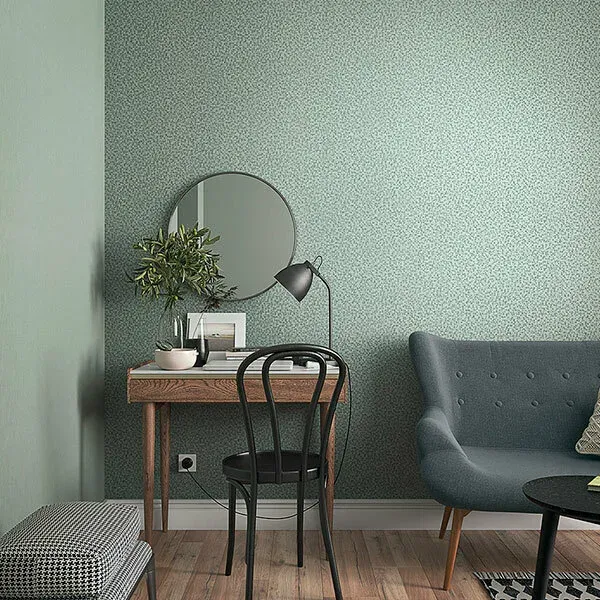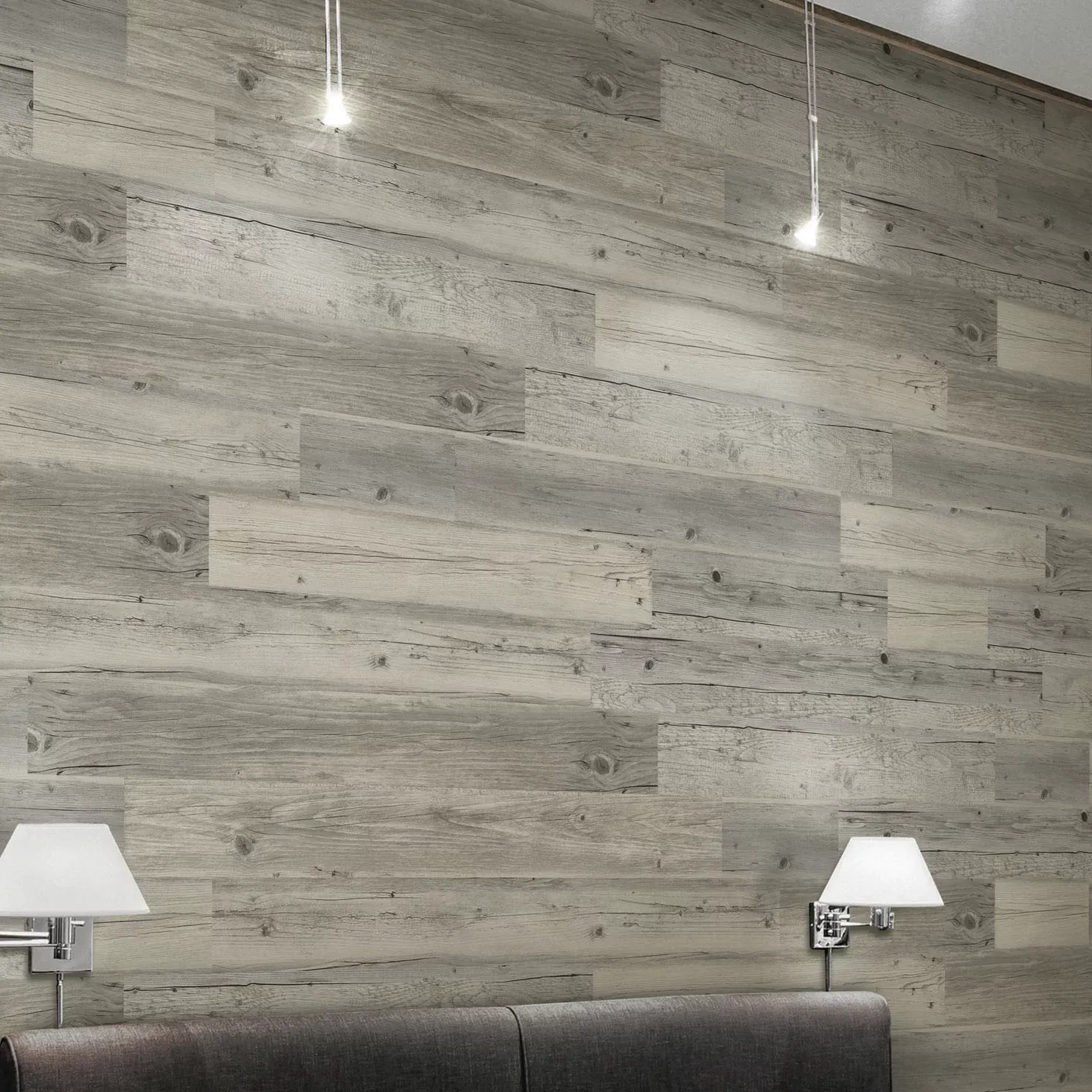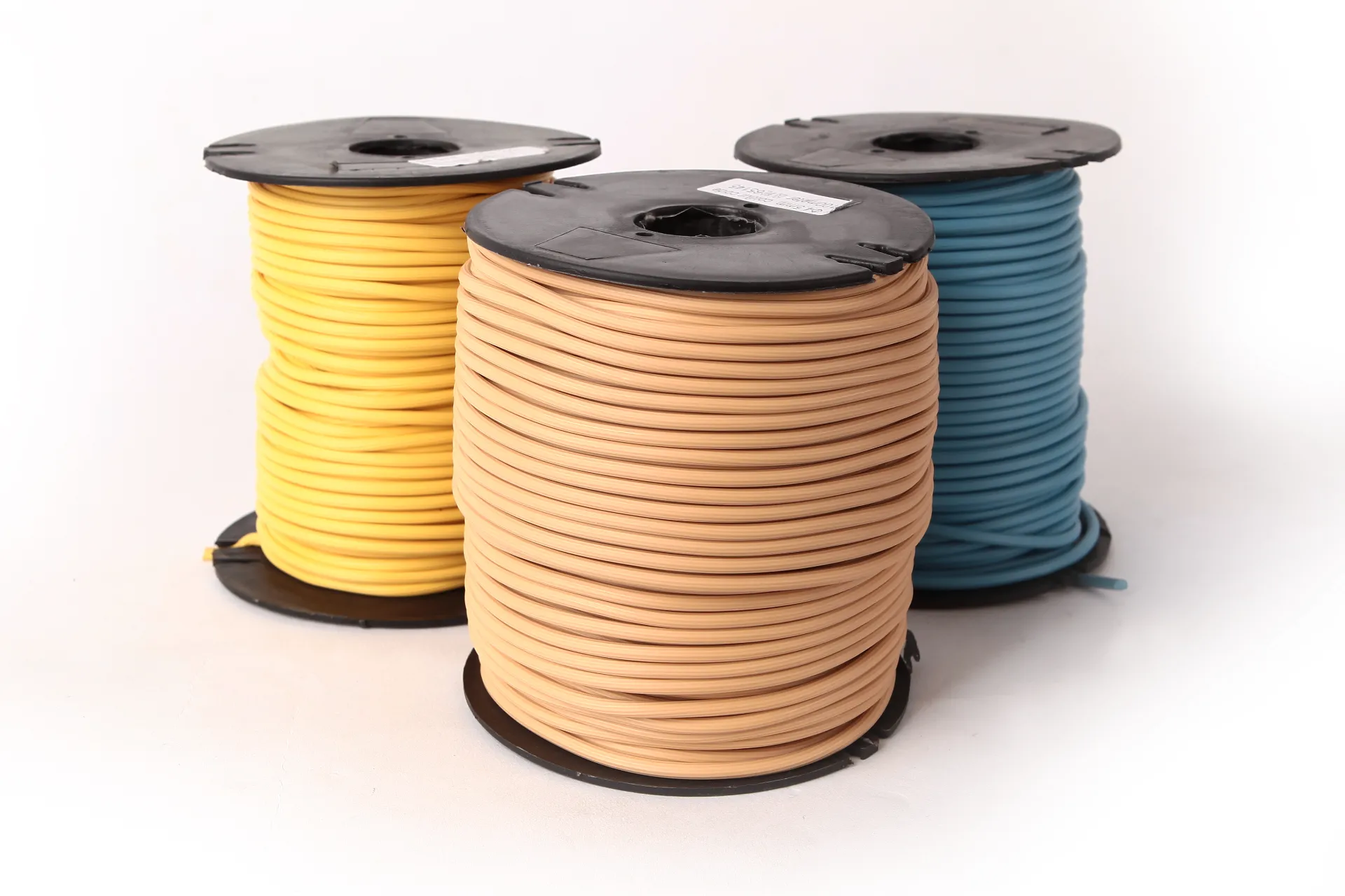
- Afrikaans
- Albanian
- Amharic
- Arabic
- Armenian
- Azerbaijani
- Basque
- Belarusian
- Bengali
- Bosnian
- Bulgarian
- Catalan
- Cebuano
- Corsican
- Croatian
- Czech
- Danish
- Dutch
- English
- Esperanto
- Estonian
- Finnish
- French
- Frisian
- Galician
- Georgian
- German
- Greek
- Gujarati
- Haitian Creole
- hausa
- hawaiian
- Hebrew
- Hindi
- Miao
- Hungarian
- Icelandic
- igbo
- Indonesian
- irish
- Italian
- Japanese
- Javanese
- Kannada
- kazakh
- Khmer
- Rwandese
- Korean
- Kurdish
- Kyrgyz
- Lao
- Latin
- Latvian
- Lithuanian
- Luxembourgish
- Macedonian
- Malgashi
- Malay
- Malayalam
- Maltese
- Maori
- Marathi
- Mongolian
- Myanmar
- Nepali
- Norwegian
- Norwegian
- Occitan
- Pashto
- Persian
- Polish
- Portuguese
- Punjabi
- Romanian
- Russian
- Samoan
- Scottish Gaelic
- Serbian
- Sesotho
- Shona
- Sindhi
- Sinhala
- Slovak
- Slovenian
- Somali
- Spanish
- Sundanese
- Swahili
- Swedish
- Tagalog
- Tajik
- Tamil
- Tatar
- Telugu
- Thai
- Turkish
- Turkmen
- Ukrainian
- Urdu
- Uighur
- Uzbek
- Vietnamese
- Welsh
- Bantu
- Yiddish
- Yoruba
- Zulu
Ibiro byubucuruzi Igorofa nubuzima: Gukemura ubuziranenge bwikirere nisuku
Muri iki gihe cyibiro bigezweho, ubucuruzi buribanda cyane ku mibereho myiza y’abakozi n’ubuzima rusange bw’aho bakorera. Mugihe ubwiza bwubwiza nigihe kirekire cyibiro byubucuruzi bikunda gushyirwa imbere, ingaruka zo hasi kubiranga ikirere nisuku ningenzi cyane. Guhitamo igorofa birashobora kugira uruhare runini mukubungabunga ibidukikije bisukuye, bifite ubuzima bwiza, bifasha kugabanya ikwirakwizwa rya allergène, bagiteri, n’imiti yangiza ishobora kugira ingaruka ku buzima bwabakozi.
In this article, we’ll explore how ibiro byubucuruzi hasi bigira ingaruka nziza kumyuka nisuku, hamwe nuburyo bwo hasi buteza imbere ubuzima bwiza.

Ihuza Hagati ya Flooring nubuziranenge bwikirere Ibyerekeye Ibiro byubucuruzi
Ubwiza bwo mu kirere (IAQ) ni impungenge zikomeje ubucuruzi, cyane cyane ko abakozi bamara amasaha menshi mu ngo. IAQ mbi irashobora kugira uruhare mubibazo bitandukanye byubuzima, kuva mubibazo byubuhumekero kugeza allergie ndetse numunaniro. Iyo bigeze igorofa yinyubako zubucuruzi, ibikoresho bimwe bishobora kurekura imiti yangiza mukirere, mugihe ibindi bishobora gufata umukungugu na allergène, bikongera ibibazo byubwiza bwimbere mu nzu.
Ibikoresho byinshi bya etage hasi, nk'ibitambara bikozwe muri fibre synthique, birashobora kubika umukungugu, umwanda, na allergene. Igihe kirenze, ibyo bice bishobora kurekurwa mukirere, bigatera allergie reaction cyangwa byongera ibimenyetso bya asima kubantu bumva. Byongeye kandi, ubwoko bumwebumwe bwo hasi, cyane cyane vinyl na laminate, bushobora kuba burimo ibinyabuzima bihindagurika (VOCs) biva mu kirere. VOC irashobora gutera indwara izwi nka "syndrome de syndrome de santrime", itera ibimenyetso nko kubabara umutwe, umutwe, no kurakara amaso, izuru, n'umuhogo.
Guhitamo ibikoresho byo hasi bigabanya irekurwa rya VOC n'umukungugu birashobora guteza imbere cyane IAQ no gukora ahantu heza ho gukorera.
Ibiro byubucuruzi Igorofa Ibikoresho byongera ubwiza bwimbere mu nzu
Kugirango ushyigikire ubuzima bwiza bwibiro, ubucuruzi bugomba gutekereza igorofa ndende yubucuruzi ibikoresho bitezimbere ikirere mukugabanya kwirundanya umukungugu no kugabanya irekurwa ryimiti yangiza. Amahitamo menshi yangiza ibidukikije aragaragara kubushobozi bwabo bwo guteza imbere umwuka mwiza no gushyigikira ubuzima bwiza bwabakozi.
Natural materials such as cork, bamboo, and linoleum are excellent choices for office spaces where air quality is a priority. These materials are naturally resistant to dust and allergens and contain little to no VOCs. Cork, for example, is made from the bark of cork oak trees and is naturally anti-microbial and hypoallergenic. It doesn’t trap dirt or dust, making it an ideal choice for high-traffic office areas that demand cleanliness.
Bamboo is another sustainable, low-emission flooring option that contributes to improved air quality. Since it grows quickly and is harvested without damaging the environment, bamboo flooring is an eco-friendly choice that helps businesses maintain a clean and healthy office space. Linoleum, made from natural materials like linseed oil, cork dust, and wood flour, is another good option for businesses looking for a low-emission floor that doesn’t off-gas harmful chemicals.
In addition to natural materials, certain engineered flooring systems are designed to meet high indoor air quality standards. Many of these products are certified by organizations like GreenGuard and FloorScore, which test and certify flooring materials for low-VOC emissions. Choosing flooring products with these certifications ensures that employees aren’t exposed to harmful chemicals and that the office environment remains fresh and breathable.
Ibiro byubucuruzi Igorofa nisuku: Ikintu gikomeye mubikorwa byogusukura
Kubungabunga isuku nziza mu biro ni ngombwa mu kugabanya ikwirakwizwa rya mikorobe, bagiteri, na virusi, cyane cyane ahantu hakorerwa cyane nko mu byumba byo kuriramo, ibyumba by’inama, n’ubwiherero. Ibikoresho byo hasi byoroshye koza, kwanduza, no kubungabunga birashobora gufasha gukomeza kugira isuku ku kazi no kugabanya amahirwe yo kwandura indwara.
Hard flooring surfaces such as tile, vinyl, and polished concrete are generally more hygienic than carpets because they don’t trap dirt, dust, or moisture. These surfaces are easy to wipe down with standard cleaning products, making them more resistant to bacteria and mold growth. For instance, vinyl floors with antimicrobial properties are highly effective in areas like kitchens and bathrooms, where hygiene is a top priority. The smooth surface of vinyl makes it easy to clean and prevents the buildup of germs and allergens.
Mu buryo nk'ubwo, amabati akozwe muri ceramic, farfor, cyangwa amabuye karemano aramba cyane kandi arwanya ubushuhe, bufasha gukumira imikurire ya bagiteri na bagiteri. Igorofa irakwiriye cyane cyane ahantu hashobora gutemba cyangwa ubuhehere bwinshi, nkubwiherero cyangwa igikoni. Byongeye kandi, imirongo ya grout iri hagati yamatafari irashobora kuvurwa hamwe na kashe ya mikorobe kugirango irusheho kunoza isuku.
On the other hand, carpeted floors can trap dirt, dust, and allergens in their fibers, making them more challenging to clean and maintain. In offices with high foot traffic or areas where spills are common, carpet can harbor bacteria and germs that may be difficult to eliminate completely. However, commercial carpets made from high-performance fibers, such as nylon or polypropylene, are designed to resist staining and can be cleaned with specialized equipment to maintain hygiene. It’s essential to ensure carpets are vacuumed frequently and professionally cleaned at regular intervals to prevent the buildup of harmful particles.
Uruhare rwibiro byubucuruzi Igorofa mukugabanya kwanduzanya
In addition to preventing the accumulation of dirt and allergens, commercial office flooring can also play a role in reducing cross-contamination between different areas of the office. The use of mats or rugs at entrances, for example, can help trap dirt and moisture before it’s carried into the rest of the office. This simple step can help keep floors cleaner and reduce the amount of dust and bacteria that spreads throughout the workspace.
In areas where food is prepared or consumed, such as kitchens or break rooms, it’s important to select flooring that resists stains and moisture absorption. Vinyl and rubber flooring are ideal for these spaces because they are easy to wipe down and are resistant to the growth of bacteria. Additionally, these materials are slip-resistant, reducing the risk of accidents in areas prone to spills.
-
Masking Tape: Clean Removal, Precision Lines, Pro-GradeNov.10,2025
-
Skirting: MDF, Oak & SPC | Durable, Easy-FitNov.10,2025
-
Commercial VCT Tile Flooring – Durable, Low-MaintenanceNov.10,2025
-
LVT Vinyl Floors – Waterproof, Scratch‑Resistant, Easy ClickNov.10,2025
-
Masking Tape - Pro-Grade, Clean Removal, Crisp LinesNov.10,2025
-
Premium Masking Tape - Sharp Lines, Clean RemovalNov.10,2025



